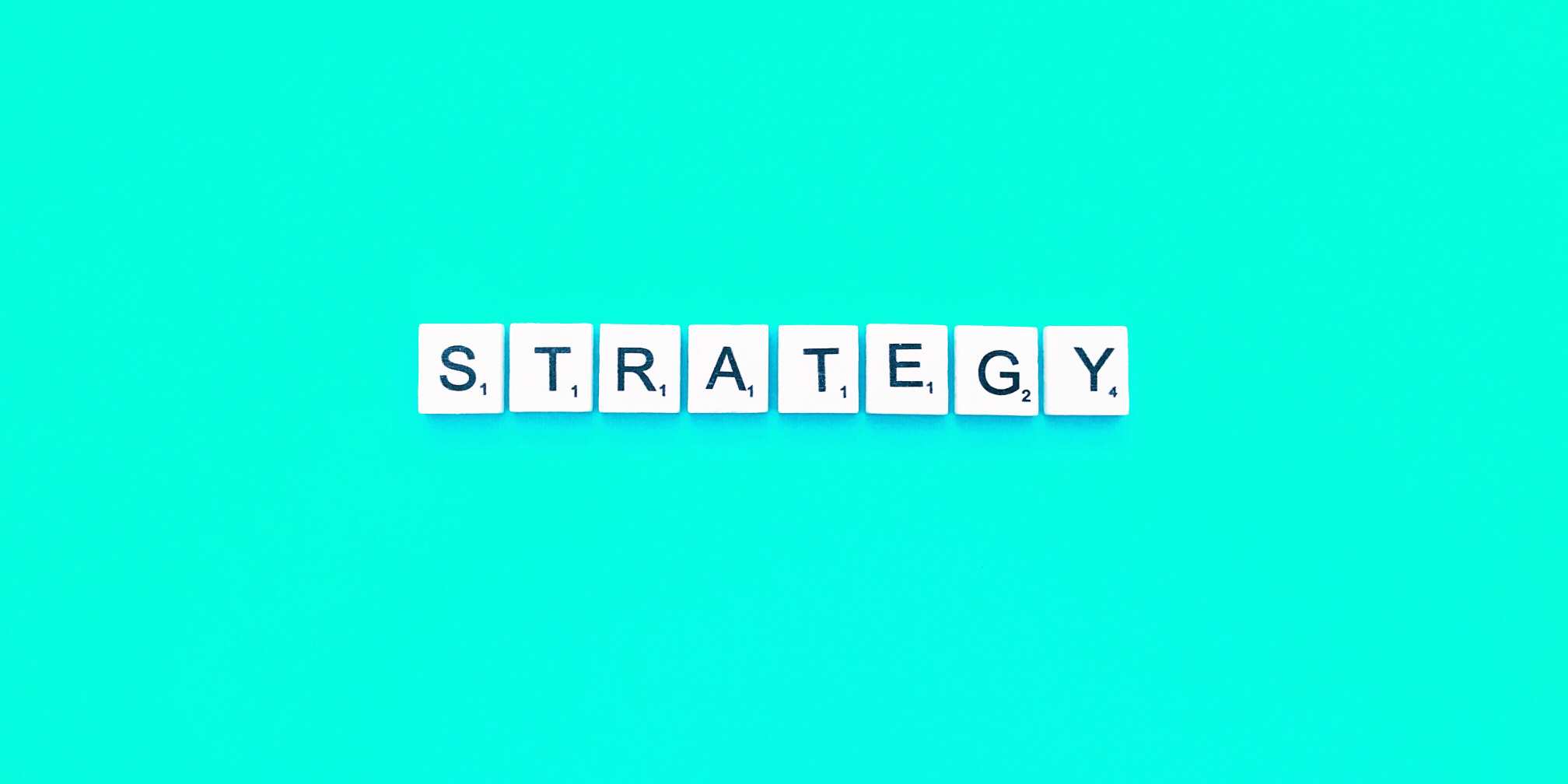Most stacks don’t break because a tool “doesn’t work”. They break because the whole doesn’t work together. Two CRMs. Two analytics suites. Three “lifecycle” tools. A spreadsheet somewhere named final_final_v9. When identity resolution fails and events drift off‑schema, your PLG engine loses the plot and revenue.
TL;DRIf your martech stack is a pile-up of overlapping tools, you don’t have a technology problem; you have an operating-system problem. Tool sprawl creates identity gaps, brittle Zap‑level “glue”, and blind spots between product signals and revenue. The fix is a GTM Operating System that unifies product events, CRM, messaging and billing around one tracking plan, one identity graph, and one lifecycle. Start with a 30-60-90 plan to de-duplicate, enforce schemas, and pipe usage into RevOps, then score PQLs and orchestrate in-app and lifecycle journeys. Book a GTM/RevOps Audit to uncover your real GTM. |
Tool Sprawl & Data Fragmentation: Why PLG SaaS Needs a GTM Operating System
The martech universe didn’t slow down in 2025. Scott Brinker’s latest landscape lists 15,384 tools (+9% YoY). That abundance is great for optionality, and lethal for coherence.
The (very real) cost of GTM sprawl
Inside the average GTM stack, 66% of teams run 16+ tools, and 70% struggle to identify and reach audiences across touchpoints. Translation: your message, timing, and attribution are probably off.
We’ve written about the cultural twin of this problem: data silos and team misalignment, and how they flatten PLG growth by hiding usage signals from Sales and CS. If your leadership hasn’t read that primer, start there.
Business impact: slow activation, noisy pipeline, and rising CAC because the product’s “story” (events, cohorts, PQLs) never reaches the revenue team in time.
Where identity resolution breaks (and how to fix it)
Three failure points show up again and again:
-
Dedupe rules. Conflicting deterministic rules across tools (email vs. user_id vs. device_id) create duplicate people/accounts.
-
User↔account stitching. Product events live on users; deals live on companies. No stitch = no PQLs or account health.
-
Event schemas. The same action shipped as
ProjectCreated,project_created, andcreatedProjectpoison analytics.
Reality check: Twilio Segment’s Unify is deterministic (not probabilistic). It merges histories into a profile graph at the user or account level when you set clear rules. If you don’t define the rules, nothing “magically” resolves.
Enforcement, not vibes. Segment Protocols lets you enforce a tracking plan, drop unplanned events, and keep names/types consistent. That single act restores trust in dashboards across GTM.
We cover the operational scaffolding as GTM engineering, designing revenue as a system, not a set of tactics.
Manual glue doesn’t scale: the Zapier & spreadsheet trap
Zaps are brilliant until they aren’t. Hit a surge of webhooks and you’ll see HTTP 429 (“Too Many Requests”) and delayed processing, your “real‑time” becomes “eventually”. That’s not a “Zapier problem”, it’s how rate‑limited APIs protect themselves.
When syncs lag, we “fix” with CSVs and ad‑hoc logic, multiplying discrepancies. We see teams unknowingly fork their truth: CRM says “paid”; billing says “trial”; product says “inactive”. The cure is fewer daisy‑chains and closer proximity to the data (warehouse or native pipes), not more glue.
If you’re over‑relying on human touch to compensate for system gaps, you’re flattening PLG. Here’s how to rebalance.
Salesforce ↔ HubSpot: the silent sync tax
Plenty of PLG teams run both. Plenty regret it. Even basic hygiene moves can be blocked: for example, HubSpot cannot merge Companies while the Salesforce integration is enabled. Cue duplicate accounts and orphaned deals.
And that’s before field‑type mismatches, validation rules, and API ceilings. If you must run both, define a System of Record per object (e.g., Accounts in SFDC, Contacts in HubSpot), restrict who can create what, and schedule a monthly merge & schema window, or migrate and simplify. For migrations, our HubSpot onboarding guide covers the sharp edges.
Warehouse‑native or app‑centric CDP? Choose by job‑to‑be‑done
Don’t pick sides; pick fit.
-
Warehouse‑native (e.g., Hightouch) resolves identity in your Snowflake/BigQuery and activates everywhere. In 2025, Hightouch launched Adaptive Identity Resolution (deterministic and probabilistic, “multi‑zone” confidence levels) so you can be strict for comms and broader for ads, all inside your warehouse.
-
App‑centric (e.g., Segment Unify + Engage) gives you opinionated profiles and journeys in one tool, faster time to first value for teams who want fewer components.
Your call should start from use case inventory: what events, which audiences, where to activate, not from brand bias. We take a “goals first, tools second” posture in every GTM OS build.
Compare messaging stacks: Customer.io vs Marketo if the PLG lifecycle is your bottleneck.
Prove value: wire product signals into pipeline (PQLs win)
When you tie product usage to revenue, prioritisation changes. Gainsight’s PLG Index reported PQL‑led free trials convert ~25% vs ~9% for generic free user pools; that gap exists because PQLs align scoring with real in‑app behaviour.
The pattern:
-
Track plan (events & properties) enforced with Protocols.
-
Identity rules (deterministic first; then probabilistic within guardrails if warehouse‑native).
-
Scoring: PQL rules from “aha” actions, seat growth, and usage thresholds.
-
Activation & nurture: in‑app prompts + lifecycle messaging triggered at the right moment. See our guides on activation loops and 15 in‑app GTM levers.
-
Monetisation: obvious, friction‑free self‑serve upgrades (Stripe/Paddle) with Sales assist reserved for high‑value expansions.
Your GTM Operating System (OS): one spine for growth
A GTM OS isn’t a tool. It’s an operating model plus a reference stack that enforces:
-
One tracking plan (Segment Protocols),
-
One identity graph (Segment Unify or warehouse‑native),
-
One lifecycle across in‑app + email/push/inbox (Customer.io or HubSpot),
-
One truth for pipeline & revenue (CRM + finance), and
-
One “next best action” engine (rules/AI meeting your sales motion).
We’ve open‑sourced the mental model in GTM engineering and productised it as the ARISE Revenue Engine OS™. This isn’t theory, it’s how you stop leads, trials and upgrades falling through the cracks.
Org design matters: for orchestration principles, see What is GTM orchestration?
30–60–90: the no‑drama implementation plan
Days 0–30 (Stabilise)
-
Inventory tools, owners, contracts; define System of Record per object.
-
Instrument a minimal tracking plan (signup, invite, “aha” action, upgrade, invoice) and connect to Segment (or equivalent). Enforce with Protocols (drop unplanned events).
-
Stop the bleeding: freeze new tools; sunset obvious overlaps.
Days 31–60 (Unify & activate)
-
Identity rules live (deterministic). If warehouse‑native, model Adaptive Identity zones for comms vs. ads.
-
Pipe product events to CRM and lifecycle. Stand up PQL scoring and rep alerts.
-
First in‑app + lifecycle experiments (activation prompts, usage‑cap nudges). See activation loop.
Days 61–90 (Monetise & scale)
-
Enable self‑serve upgrades; sync billing to CRM. Self‑serve upgrade guide.
-
Stand up attribution & ROI dashboards from warehouse/BI. PLG attribution & ROI.
-
Respect external API limits (e.g., Marketo 50k/day; 100 calls/20s window). Design batch/queue patterns and avoid event‑level writes where unnecessary.
-
Expect Zap/webhook throttling at volume (HTTP 429 / delayed processing). Build queues and retries.
-
In HubSpot+SFDC, plan for merge constraints upfront (no Company merges with integration on).
Emerge with a unified GTM spine
Uncover your real GTM with a RevOps or GTM Audit. We’ll de‑risk the stack, unify your data, and stand up a PQL‑driven lifecycle in 30–90 days. Let’s accelerate your PLG. Book your audit today with the form below.
Decision‑stage FAQs
1) What’s a GTM Operating System, practically?
An operating model + reference stack that enforces one tracking plan, one identity graph, and one lifecycle across in‑app and outbound channels, so product signals drive revenue in real time. See GTM engineering for the blueprint.
2) We have Segment already. Do we still need a CDP?
If Segment is your event plane, Unify + Protocols can be your CDP and governance. If your centre of gravity is the warehouse, a warehouse‑native CDP (e.g., Hightouch) can resolve identity in place and activate to tools. Choose by use case density (comms vs. ads vs. BI).
3) Two CRMs (SFDC + HubSpot): keep both or consolidate?
Consolidate unless there’s a compelling legal/territory reason. If you must run both, assign System of Record per object and plan for merge constraints (HubSpot Company merges are blocked with SFDC integration).
4) Do we need probabilistic identity?
Start deterministic. If you advertise heavily or have offline→online bridges, probabilistic within guardrails (warehouse‑native) can increase reach while keeping comms strict.
5) What’s the minimum event set for PQLs?
Signup; invite; first “aha” action; usage threshold (e.g., project limit); upgrade; invoice paid. Enforce names/types with Protocols to avoid drift.
6) Why not just sync everything via Zapier?
Because you’ll hit rate limits and introduce latency at scale (HTTP 429s). Use native integrations or warehouse pipes for critical paths; keep Zaps for light glue.
7) How do we prove ROI to the board?
Close the loop: pipe product events into CRM/billing, attribute to opportunities and expansions, and report PQL→SQL→Closed Won plus TTV improvements. Our guide on PLG attribution & ROI shows the model.
8) What about in‑app vs. email — which matters more?
Both. In‑app for context and velocity; email/push to recover sessions and drive cross‑persona adoption. See activation loops and 15 in‑app GTM levers.
%20small.jpg)




